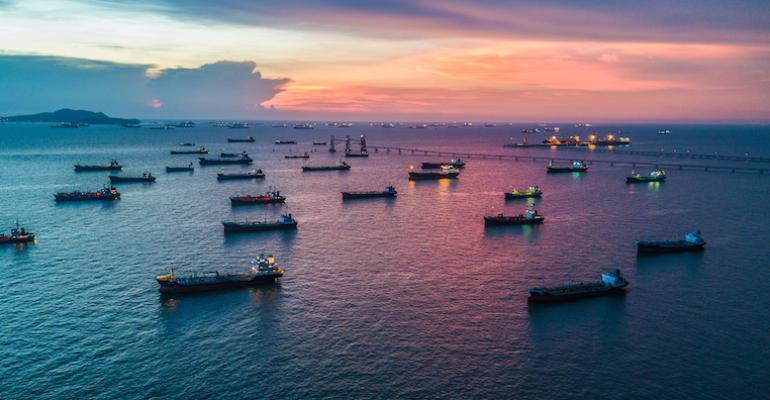Speaking at a LR webinar on the subject, which more than 800 people attended yesterday, Raitt, LR’s Regional Advisory Services Manager, said it was methanol’s time to shine.
Other experts on the webinar panel, which was moderated by Craig Eason, a journalist and ex-seafarer, were LR’s Sobhith Hariharan, Global Newbuilding Support Manager, and Carnival’s Tom Strang, a naval architect and Senior Vice President at the cruise line.
According to Clarkson estimates, Raitt said, as many as 1,200 ships could be powered by methanol by 2030, and the new fuel technology is being adopted by owners of various ship types, including container vessels, chemical carriers, bulkers, and ferries. And unlike other potential future fuels, methanol already has a modest supply chain, with availability in around 100 ports.
Meanwhile, a significant number of owners are considering methanol conversions. Hariharan highlighted some of its benefits as compared with other future fuels. Although it has a lower energy density than heavy fuel oil and therefore requires more bunker capacity on board ship, it is a liquid at ambient pressure and temperature and is relatively easy to store and handle.
The technology, he pointed out, is available today and is being further developed by engine firms including MAN, WinGD, Wärtsilä, and Hyundai. However it is already well-proven – LR oversaw the first methanol conversion of the ferry, Stena Germanica, in 2015. The vessel has operated efficiently on several routes since then.
Pointing to an 82,000 dwt bulk carrier design with 2,400 m3 of bunker capacity, Hariharan said that the extra space raised questions about bunker tank location since it was important to ensure minimal impact on cargo carrying capacity. But changes to ships’ bunkering profiles were a possibility, he pointed out, revealing that the classification society is involved in assessing a range of conversion projects for various owners.
However, Carnival’s Strang highlighted some of the challenges associated with adopting methanol as fuel. There is, for instance, the issue of colour. It comes, not literally, in brown (produced using coal as fuel), grey (gas), blue (with carbon capture) and green (produced using renewable fuels). However, despite these labels, all four types look the same.
Strang questioned the 100 ports statistic on the basis that low-carbon or carbon neutral forms of the fuel are not so widely available. Carnival, which so far has pinned its colours to the LNG mast, would not be interested in either brown or grey, he said, and would probably not pursue methanol as a fuel until supplies of green were available at ports on its schedules.
It was agreed that a priority must be the integrity of the supply chain. This would include the development of suitable methanol fuel standards, sophisticated bunker tracing and tracking systems, and resilient fuel testing procedures.
Raitt pointed out that methanol has a purity of 99% but is hydrophilic. Therefore supply chains had to be sufficiently secure and robust to ensure no water ingress at any point to maintain the fuel’s purity.

Copyright © 2024. All rights reserved. Seatrade, a trading name of Informa Markets (UK) Limited.
Add Seatrade Maritime News to your Google News feed.  |

